How to Build a Better Salad
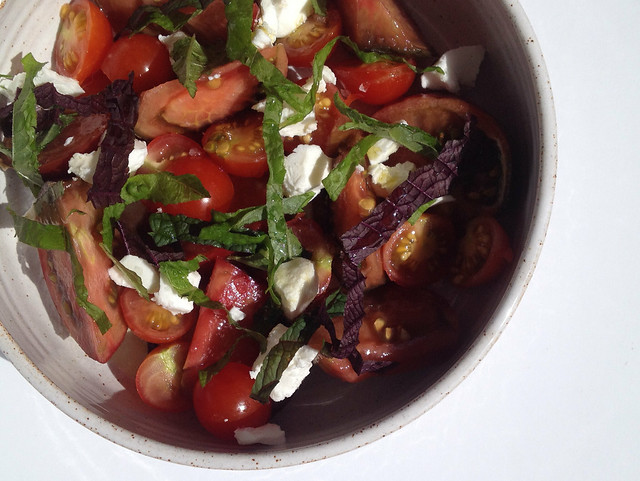
A few years ago, I wrote this post on salad basics. While I still stand by what I wrote in 2014, I think a more in-depth version is in order. With increasingly more people turning towards a plant-based diet, upping one's salad-making-game is always a good idea, even if plant-based is not your thing. Making a good salad is not rocket science; in fact, I think that most people can manage mixing a few vegetables together, tossing in a dressing, and serving. I am not, however, simply referring to a few mixed leaves. Making a salad that is substantial enough to be the whole meal can be a different game altogether. Don't get me wrong: sometimes, all I want is a freshly picked tomato with salt and pepper, and the tiniest little flourish. But generally speaking, my appetite veers more towards ogre-like, so I need something more filling than a green salad if it is to become my entire meal.
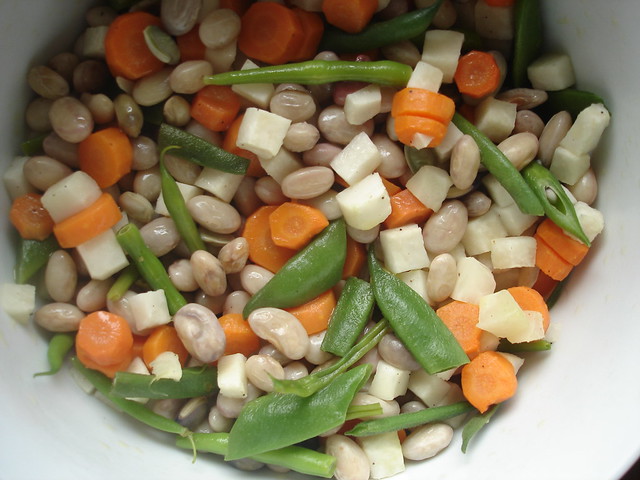
I like to think of a good, whole meal salad as the ultimate fridge and pantry cleaner-upper, plus, given the right mix of ingredients, left-overs can be packed up for lunch the following days. I know from experience that many of you out there are perplexed by the contents of your fridges, and have a tendency to fall back onto the familiar. And while there is an abundance of beautiful salad recipes out in the ether -including in the Recipe Index-, I think it would be wonderful if everyone was a little more confident in their kitchen and tried just throwing things together without relying on a recipe or habits. So here are a few tips and tricks on how to use up what you already have on hand. Basically, this is a how-to on successfully winging it.

The Bones
This might be obvious, but start by rooting out what needs to get used up: it can be anything from the farmers' market fresh baby leaves to the just-about-gave-up-on-life carrots at the bottom of the crisper drawer, or even the jar of random sauce that found its way to the back of the fridge. Although those baby leaves merit to be eaten as soon as possible, they will keep for a day or two in the fridge, so if you have a lot of vegetables that need using, make those your priority. Next, you need to figure out how you want to prepare your treasure trove. Wizened vegetables will benefit from being cooked, whether by boiling, roasting or grilling. On the other hand, if the vegetables only have a few soft spots, remove those, and either chop or shred what is salvageable. Delicate leaves should be left whole or roughly torn if very large, but sturdier greens, such as kale or cabbage, benefit from chopping very finely. Try shredding tough greens across their grain to make them more digestible.
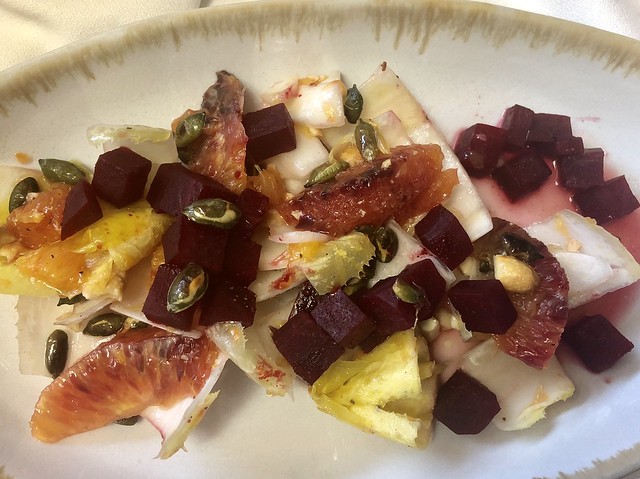
If you have signed up for CSA boxes, a meal salad is a great way to use up any mystery vegetable that may have cropped up in your weekly delivery (kohlrabi anyone?): there are very few vegetable that are inedible raw -barring any intolerance or allergies- so try shredding or grating unknown entities and mixing them in. Think of salad as a mixer-do where you get to meet new foods in a non-threatening environment. Do keep in mind, you should taste the mix each time you add something new to the bowl: tasting not only allows you to adjust the seasoning as you go along, it also helps you to decide when the salad is done.
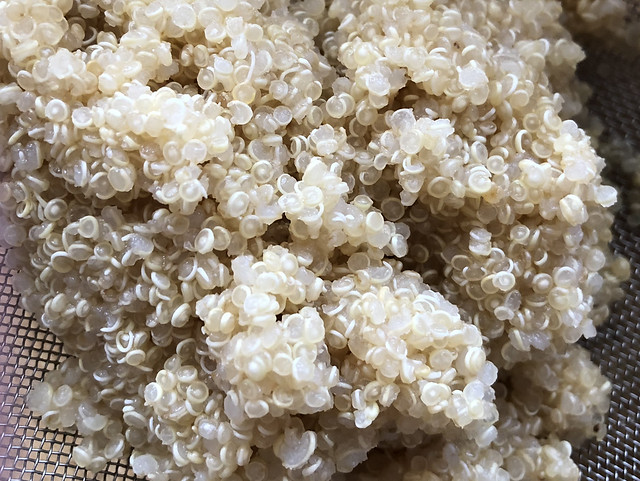
The Bulk
Maybe you had a whole stash of things to throw into the mixing bowl, or perhaps there was just a handful, barely enough for a mouthful. If necessary, this is the time to riffle for add-ons. It might be last night's left-overs of which there isn't enough of for another meal, or cooked grains of some sort. If the fridge yields nothing more, raid the pantry. Literally anything is fair game in a meal salad; really, anything short of chocolate chip cookies (maybe...): broken crumbs of amaretti cookies may be a tad too sweet to form the bulk of the salad, but are actually a sweet alternative to croutons; those bits of pasta that found their way to the back of the cupboard? There might not be enough for a bowl of spag-bol, but they will do nicely mixed in with everything else (because, let's be honest, who doesn't like a good pasta salad?)
Grains, seeds, nuts, and stale bread, are full of fibres and nutrients that will not only add to the volume of your salad, but will help to fill you up and keep you that way until just about time for the next meal. Keep in mind that if you are cooking up grains and pasta (and vegetables for that matter), you'll want to dress them while they are still hot: they absorb the flavours more readily than when cold -if you are using cold left-overs, let them come to room temperature, or allow them to marinate in the dressing for a bit before tucking in.
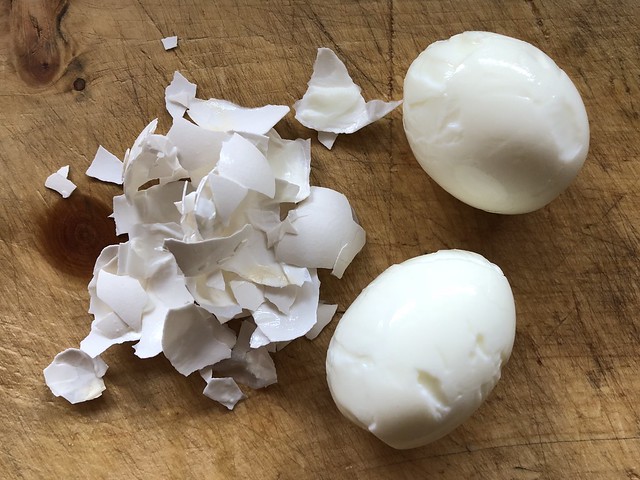
The Meat
Or any protein of some sort: having a mostly vegetarian diet, I rarely put any animal proteins in my salads, though left-overs bits of fish, boiled eggs, or cheese may occasionally get thrown into the bowl. I've often heard that a healthy dose of protein is the only lasting way to sate one's appetite, but that adage never seems to hold true for myself: roughage of the starchy kind is what keeps me full, whether it be grains, potatoes or pulses. Beans are a good source of both protein and fibre, so they pack a double punch of fill-you-up goodness, and when paired with grains they provide the full range of amino acids for our bodies to build the proteins we need. If meat is your thing, it can be lavished on top or on the side, since prolonged contact with an acidic dressing will make it go gray.
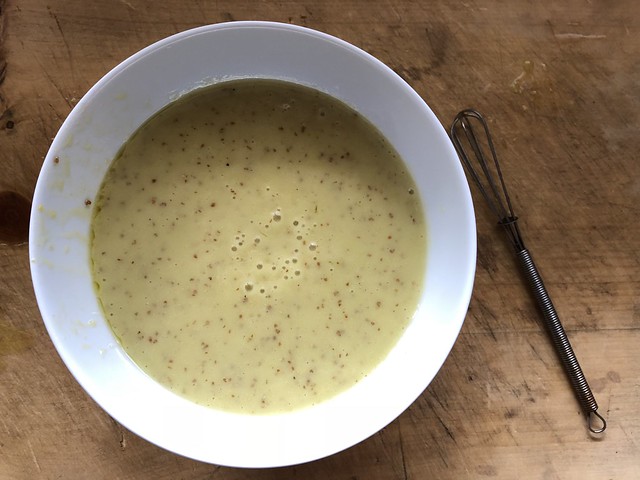
The Dressing
Salad dressing need not be complicated. It can be as simple as a squeeze of lemon juice and a drizzle of oil, so there is really no need to buy bottles of ready-made stuff that contain over a dozen different ingredients of unknown origins. When facing a mound of vegetables that, at first glance, does not seem to go together, I often find that starting with the dressing is a fitting beginning. The mustardy vinaigrette used for this classic leek salad is a good basic to know, as is this super colourful dressing. In either case, if you make a large batch, they will keep for several weeks the fridge.
You can also tailor your dressing according to the content of your fridge: the last dregs of the pesto at the bottom of a jar can be stretched out with some cider vinegar, lemon or orange juice, and a drizzle of oil, or even some plain yoghurt (a personal favourite, actually.) I am also quite partial to tossing in generous dollops of hummus, romesco or muhamarra. Sometimes, I forgo a proper dressing per say, and liberally pour olive oil over the vegetables, and let the juices make their own dressing: this is especially handy when you have ripe tomatoes, or any other fruit (such as oranges or watermelon) mixed into the salad. Likewise, do not be afraid to think outside the box -stewy vegetables, such as ratatouille, caponata or tagine, can easily be recycled into a dressing for chunky salads. Do keep in mind that delicate leaves should be dressed just before serving to prevent excessive wilting.

The Frills
Once you've got everything mixed together, you're pretty much set. However, you may feel that the salad could use a little something extra: a bit of flourish, or a cherry on top. Now is the time to crumble a few amaretti biscuits on top, unless you really want to save them for dessert. If you haven't already thrown in all of your dry goods into the bowl, a sprinkling of roasted nuts or toasted seeds never goes amiss, which is why a jar of dukkah is always handy to have on hand. Fresh chopped herbs are also great additions to any salad, and there always seems to be a half a bunch hanging about. As for those market-fresh baby leaves, if they are shooting you the stink eye, they also make a pretty garnish; save a few leaves to garnish the left-overs you will be packing for lunch.
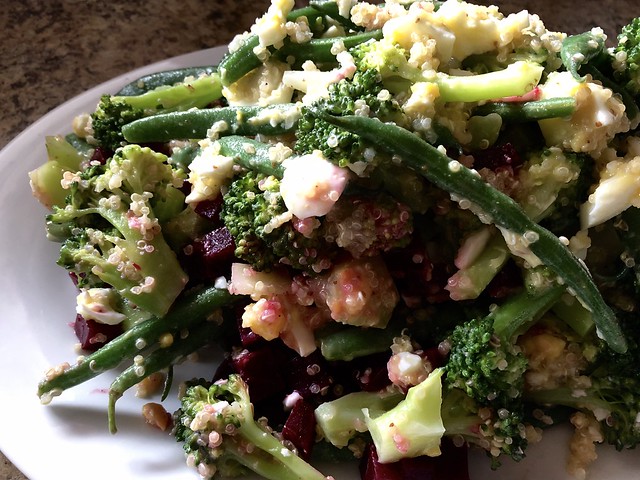
Bon App'!





Comments
Post a Comment